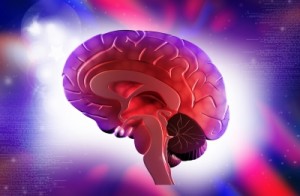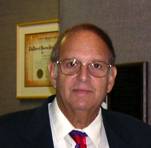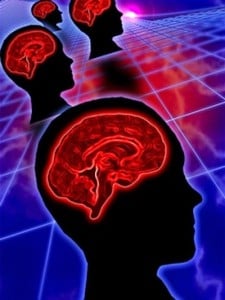 The study of neurofeedback is a relatively new field in the science world, dating back to 1963 when Dr. Barry Sterman began his research regarding how the use neurofeedback could help prevent seizures in epilepsy patients. Read our blog post about the beginnings of neurofeedback and Dr. Sterman by clicking here to learn more about his discoveries. Another major contributor to the field is Dr. Joel Lubar, a licensed psychologist with a Ph.D from the Division of the Biological Sciences and Department of Biopsychology at the University of Chicago who made large discoveries pertaining to ADD and ADHD.
The study of neurofeedback is a relatively new field in the science world, dating back to 1963 when Dr. Barry Sterman began his research regarding how the use neurofeedback could help prevent seizures in epilepsy patients. Read our blog post about the beginnings of neurofeedback and Dr. Sterman by clicking here to learn more about his discoveries. Another major contributor to the field is Dr. Joel Lubar, a licensed psychologist with a Ph.D from the Division of the Biological Sciences and Department of Biopsychology at the University of Chicago who made large discoveries pertaining to ADD and ADHD.
In 1972, Dr. Lubar came across some published material by Dr. Sterman regarding his research and findings with neurofeedback and epileptic seizures. After reviewing Dr. Sterman’s publication, he immediately drew comparisons to his main field of study, patients with ADD or ADHD. He thought if the brain can be retrained to be resistant to seizures, the brain theoretically could be retrained to improve attention and focus ability. Dr. Lubar explained,
“Sterman’s paper said there is a brain wave frequency known as SMR that may be dysfunctional in epileptics, and when that rhythm is partially restored, a resistance to seizures occurs. As soon as I read that, I said, ‘My God, I think this will work for controlling hyperactivity in children because the circuitry is very similar.’ If you could quiet the motor responses for epileptics, then quieting the motor responses in hyperactive children should be a piece of cake.”
Soon after discovering Dr. Sterman’s publication, Dr. Lubar discovered Dr. Sterman looking to hire someone to assist him in studies regarding ADHD/ADD, so Dr. Lubar immediately applied and began working directly under Dr. Sterman for a year, studying neurofeedback more in depth. One of the more notable studies in which Dr. Lubar participated focused on children with ADHD diagnosis. The results could not have been better, as neurofeedback was able to reduce or eliminate ADHD symptoms, and their executive functioning improved substantially. After these findings, Dr. Lubar would perform and publish hundreds of studies regarding the treatment of ADHD/ADD with neurofeedback. He eventually went on to developing his own protocol for treating ADHD/ADD with neurofeedback, which became one of the highest regarded methods of neurofeedback for children and adults with ADHD/ADD due to its efficacy. Dr. Lubar has trained more than 1,500 health professionals from several different countries in neurofeedback application and gives workshops specializing in QEEG acquisition and analysis.
Neurofeedback is an excellent solution to ADHD/ADD in conjunction, with or without the use of additional medications such as stimulants. Patients have been known to become resistant to stimulants, developing a tolerance over time, which often requires prescribing higher dosages. Additionally, neurofeedback trains the brain to work efficiently on its own, and the results have been proven to last long term.
For more information about how neurofeedback can help reduce the symptoms of ADHD/ADD, schedule a free consultation with our director Dr. Jolene Ross 781-444-9115.
First image courtesy of dream designs at FreeDigitalPhotos.net









